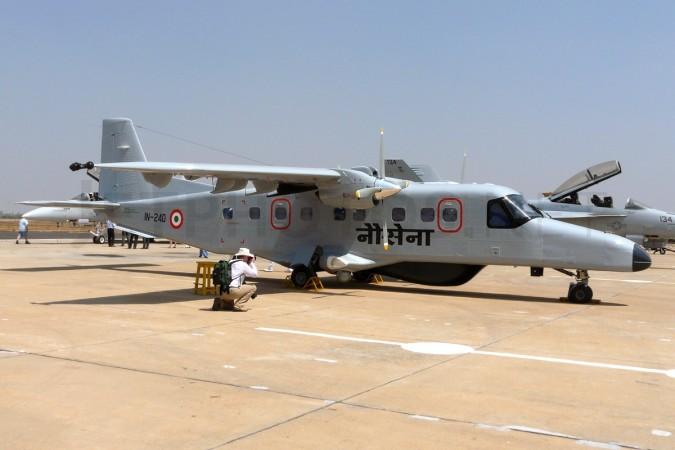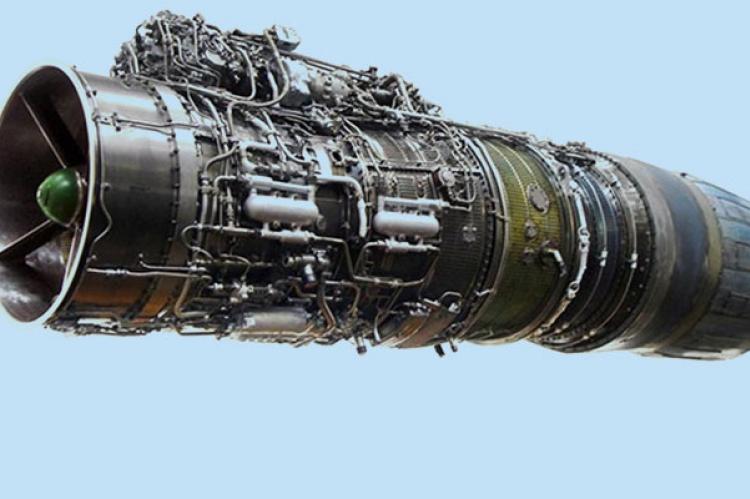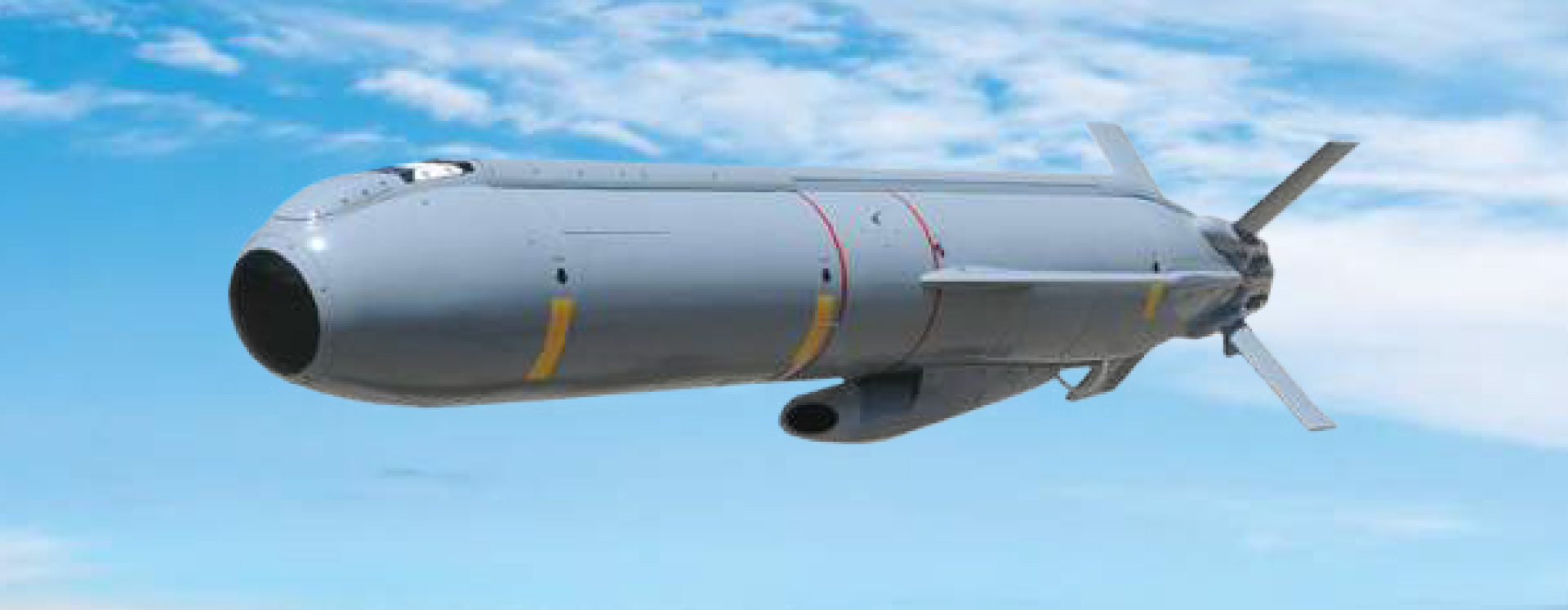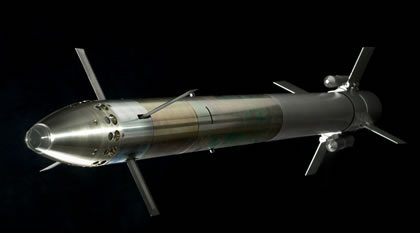SOURCE: IDRW.ORG.


India’s defense research agency, the Defence Research and Development Organisation (DRDO), is making strides in aerial surveillance with the development of a high-resolution radar for Dornier-228 aircraft manufactured by Hindustan Aeronautics Limited (HAL) under license.
This X-band Synthetic Aperture Radar (SAR) utilizes microwave technology to deliver real-time intelligence to decision-makers. Its all-weather and day-night operation capabilities make it a valuable asset for various missions.
Continue readingSOURCE: IDRW.ORG.


The Indian Army has developed a resourceful and innovative solution to enhance its anti-tank capabilities. They have modified a tractor to serve as a mobile launcher for Konkurs-M anti-tank guided missiles (ATGMs). This ‘Jugad’ (Hindi for ingenious improvisation) creation, named the Improvised Tractor Mounted ATGM, can carry four ATGMs for quick reloading, with one launcher mounted on the tractor itself.
The Konkurs-M missile is a second-generation, mechanized infantry weapon designed to take down armored vehicles, including those equipped with explosive reactive armor. Offering versatility, it can be launched from both BMP-II tanks and ground launchers. With a range of 75 to 4,000 meters and a flight time of 19 seconds, the Konkurs-M provides a significant advantage in engaging enemy armor.
Continue readingSOURCE: IDRW.ORG.


The Indian Air Force (IAF) received a significant boost with the swift delivery of 15 RD33 series engines by Hindustan Aeronautics Limited (HAL) within a month of signing the contract. This rapid turnaround underscores the priority placed on upgrading the IAF’s MiG-29 fleet.
The Rs 5300 crore contract marks a major step towards modernizing the IAF’s fighter jets. The RD33 engines are expected to significantly enhance the performance and lifespan of the MiG-29UPG aircraft, bolstering India’s air defense capabilities.
Continue readingSOURCE: RAUNAK KUNDE / NEWS BEAT / IDRW.ORG


The aerial landscape of the subcontinent is witnessing an escalation as Pakistan reportedly eyes an additional 14 Chengdu J-10CE “Vigorous Dragon” multi-role fighters. This move comes after India’s acquisition of the Rafale fighter jet, potentially aimed at achieving parity in the region.
While the Pakistan Air Force (PAF) has lauded the J-10CE as comparable to, and in some claims superior to, the Rafale, such assertions are met with skepticism. Indian defence experts argue that the forthcoming Tejas MkII will not only match but surpass the capabilities of the J-10CE and the F-16 Block-52, another mainstay of the PAF.
Continue readingSOURCE: RAUNAK KUNDE / NEWS BEAT / IDRW.ORG


The Tejas MkII fighter jet, India’s next-generation light combat aircraft, boasts a significant upgrade in its radar capabilities. Tejas MkII fighter jet will be the first Indian-made fighter jet that will be equipped with an upgraded Uttam Active Electronically Scanned Array (AESA) Fire Control Radar (FCR).
This new radar system, mounted on a rotating repositioner or swashplate, marks a pioneering development in India’s fighter jet program. Unlike the fixed AESA radar featured in the Tejas Mk1A, this innovation provides enhanced battlefield awareness and operational versatility.
Continue readingSOURCE: RAUNAK KUNDE / NEWS BEAT / IDRW.ORG


A high-level Indian Air Force (IAF) delegation, led by Assistant Chief of the Air Staff (Intelligence) Air Vice-Marshal Ichettira Iyappa Kuttappa VM VSM, arrived in Nay Pyi Taw, Myanmar, on May 13th for the 6th Myanmar Air Force-Indian Air Force Air Staff Talks.
This visit comes amidst a backdrop of increasing attacks on Myanmar airbases by resistance groups using drones. Notably, the strategically important Aye Lar airbase, which houses jet fighters, VIP transport planes, and other military aircraft, has been targeted twice in recent months.
Continue readingSOURCE: IDRW.ORG.


Bengaluru-based Zulu Defence Systems Private Limited is making waves in the Indian defense sector with two innovative technologies: DRAP and HOVERBEE.
DRAP stands for “Deployable Recce & Attack Platform.” This revolutionary system is a hovering munition, essentially a flying weapon, powered by computer vision. With a payload capacity of up to 5kg, DRAP can carry various warheads and fuse options, offering a versatile solution for modern warfare. The computer vision guidance system suggests a high degree of autonomy and precision in target acquisition and engagement.
Continue readingSOURCE: IDRW.ORG.


In a significant development aimed at bolstering bilateral relations, India and Kazakhstan recently engaged in constructive talks focusing on enhancing defence collaboration, procurement, and capability building. The discussions, held in a spirit of mutual cooperation and partnership, underscored the shared commitment of both nations towards strengthening regional security and fostering strategic cooperation.
During the deliberations, representatives from India and Kazakhstan exchanged views on a wide range of issues pertaining to defence engagement, including the exploration of new avenues for collaboration and the exchange of best practices in the field of defence technology and strategy. The talks provided a platform for both sides to reaffirm their commitment to deepening defence ties and leveraging each other’s expertise for mutual benefit.
Continue readingSOURCE: RAUNAK KUNDE / NEWS BEAT / IDRW.ORG


The Indian Ministry of Defence (MoD) is poised to greenlight a major deal for the production of 156 Light Combat Helicopters (LCH), named Prachand. This deal, estimated to cost ?45,000 crore, is expected to be presented to the Cabinet Committee on Security (CCS) by late August after the formation of a new central government in mid-June.
Sources within the defence establishment revealed to idrw.org that the Army and Air Force, which have already inducted a limited series of 15 LCHs, have proposed minor modifications. These modifications include the integration of an autopilot system and a ground collision avoidance system, enhancing safety and operational efficiency.
Continue readingSOURCE: RAUNAK KUNDE / NEWS BEAT / IDRW.ORG


India’s BrahMos supersonic anti-ship missile has found its first export customer in the Philippines, highlighting the growing demand for such high-speed weapons. However, BrahMos faces a significant challenge: cost.
Advancements in air defence systems have driven many countries to seek supersonic anti-ship missiles like BrahMos. These missiles, capable of exceeding Mach 3 speeds, can potentially penetrate increasingly sophisticated defenses. Subsonic missiles, while cheaper, may struggle to overwhelm modern air defence capabilities.
Continue readingSOURCE: RAUNAK KUNDE / NEWS BEAT / IDRW.ORG


India’s Defence Research and Development Organisation (DRDO) has completed trials of its 30-kilowatt laser weapon system, marking a significant leap in directed-energy weapon technology. This high-powered system is now ready for mass production and user trials.
The laser weapon boasts an impressive operational range, capable of neutralizing helicopters and drones up to 5 kilometers away. DRDO highlights the potential for further extending this range, making it even more effective against aerial threats.
Continue readingSOURCE: IDRW.ORG.


Elbit Systems has been courting the Indian Air Force (IAF) for some time now, offering its Delilah series of air-to-surface missiles. According to sources familiar with the program, the IAF is actively evaluating the Delilah as a potential addition to its arsenal, considering factors like price, technology transfer terms, and overall capabilities.
The Delilah missile stands out for its ability to loiter in an area before striking, allowing for positive target identification and minimizing collateral damage. This advanced weapon system boasts of a turbo-jet engine that enables a range of 250 kilometers and the ability to adjust flight profiles for optimal mission execution.
Continue readingSOURCE: IDRW.ORG.


The Defence Research and Development Organisation (DRDO) is seeking collaboration with private Indian companies for the manufacturing and fabrication of a hybrid Brake Parachute system for the Light Combat Aircraft (LCA) Tejas.
The Brake Parachute plays a vital role in ensuring the safe landing of the LCA. It supplements the aircraft’s primary wheel braking system by reducing its landing run, particularly beneficial on runways with limited space.
Continue readingSOURCE: RAUNAK KUNDE / NEWS BEAT / IDRW.ORG


India’s ambitious Advanced Medium Combat Aircraft (AMCA) program received a significant boost earlier this year with clearance from the Cabinet Committee on Security (CCS). This green light paves the way for developing prototypes and marks a crucial step towards an indigenous 5th-generation fighter jet.
The Aeronautical Development Agency (ADA) anticipates the first AMCA rollout within the next four years. However, the initial prototypes might take 18-20 months to reach that stage. This delay is attributed to the program’s pioneering nature in the region. The AMCA incorporates cutting-edge technologies that require rigorous testing and military certification before taking flight.
Continue readingSOURCE: RAUNAK KUNDE / NEWS BEAT / IDRW.ORG


The Defence Research and Development Organisation (DRDO) has begun work on a next-generation air defence system – the Laser Beam Riding Man-Portable Air Defence System (LPAD). This project signifies a significant advancement in India’s indigenous defense capabilities.
The LPAD program received a project sanction order last year under the Make-2 category of the Defence Acquisition Procedure (DAP) 2020. This procurement route fosters collaboration between the DRDO and private Indian companies. The project aims to develop and deliver 200 launchers and 1,200 laser beam-riding missiles to the Indian Army, with an estimated value of ?4,800 crore. Prototype testing of the LPAD system is expected to be completed by the end of 2024.
Continue reading